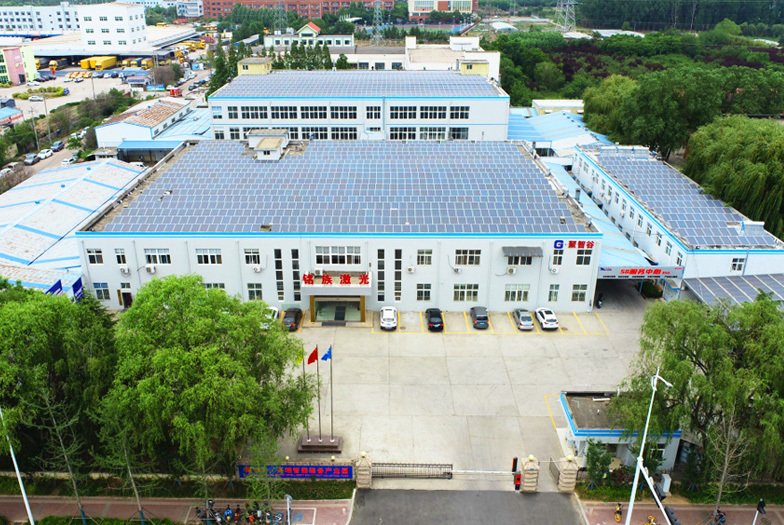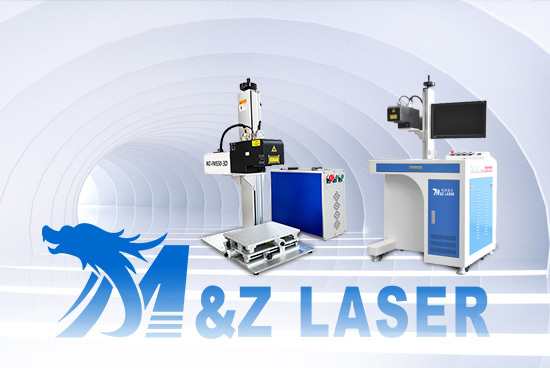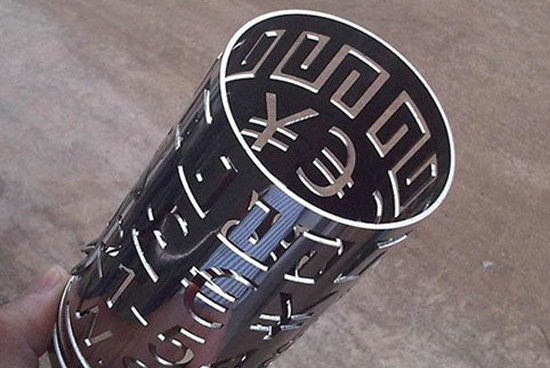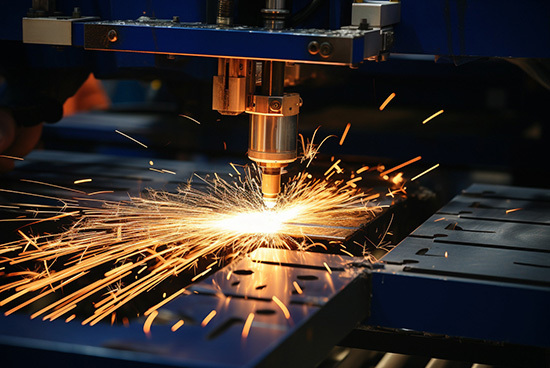How to Control Welding Depth and Width in Laser Welding
Release time:
2024-08-14
In laser welding, controlling the welding depth and width is the key to ensure the welding quality and meet the design requirements. The following is a detailed discussion on how to effectively control the welding depth and width in laser welding:
Depth and width control in laser welding
Laser welding is an efficient and accurate welding technology, which uses the high energy density of laser beam to realize welding. In order to obtain the ideal welding effect, the depth and width of the welding must be accurately controlled. The following are several commonly used control methods and techniques:
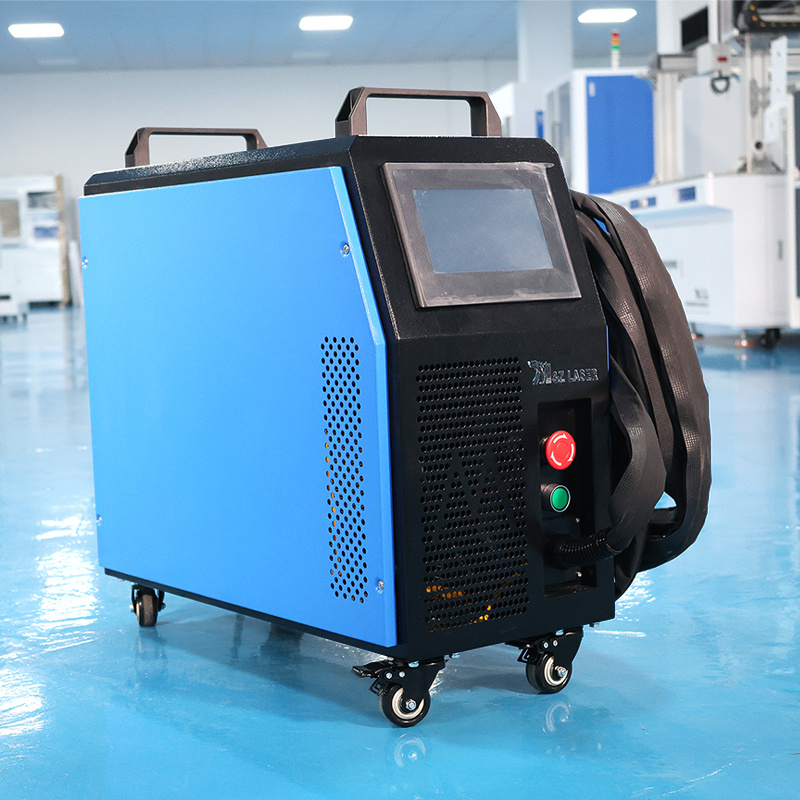
1. Adjustment of laser power
Laser power is the key factor to control welding depth and width. High-power laser energy can produce a larger molten pool on the surface of the material, thereby achieving a larger welding width and depth. Conversely, low-power lasers are suitable for shallower weld depths and narrower weld widths. In the welding process, according to the type, thickness and welding requirements of the material, adjusting the laser power is the basic means to control the welding parameters.
2. Control of welding speed
Welding speed also has a significant effect on weld depth and width. Higher welding speeds cause rapid cooling of the weld pool, which limits weld depth and width. Conversely, a lower welding speed results in a longer bath residence time, which helps to obtain a larger weld depth and width. By precisely controlling the welding speed, the geometry and size of the weld can be adjusted.
3. Adjustment of welding focus
In laser welding, the position of the focus has an important influence on the welding depth and width. The position of the laser focus can affect the concentration of energy and heat conduction during the welding process. The focus offset causes variations in weld depth and width. By adjusting the laser focus, the welding parameters can be precisely controlled to meet specific welding requirements.
4. Use of gas protection and auxiliary gas
The use of gas shielding and auxiliary gas also plays an important role in controlling the depth and width of the weld. Gas protection can prevent the influence of oxides and pollutants generated during the welding process on the welding quality. The auxiliary gas (such as argon, nitrogen, etc.) can control the shape and flow of the molten pool, thereby affecting the depth and width of the weld. Selecting the appropriate gas protection and auxiliary gas strategy can optimize the welding effect.
5. Effect of material properties
The thermal conductivity, melting point and thermal expansion coefficient of different materials will affect the welding depth and width. For example, materials with better thermal conductivity (such as copper) will result in a shallower weld depth, while materials with poorer thermal conductivity (such as stainless steel) may require higher laser power to achieve the desired weld depth. In the welding process, understanding and considering material properties is essential for precise control of welding parameters.
6. Optimization of welding path and welding sequence
The optimization of the welding path and welding sequence also helps to control the welding depth and width. Reasonable planning of the welding path can ensure uniform heat input during the welding process, thereby obtaining a consistent welding depth and width. In addition, proper welding sequence can reduce thermal stress and deformation and improve welding quality.
Summary
In the process of laser welding, controlling the welding depth and width is the key to achieve high quality welding. By adjusting the laser power, welding speed, laser focus position, gas shielding, material characteristics, and optimizing the welding path and sequence, the welding parameters can be precisely controlled. Understanding these factors and using them rationally can ensure high precision and consistency in the welding process and meet various welding needs.



